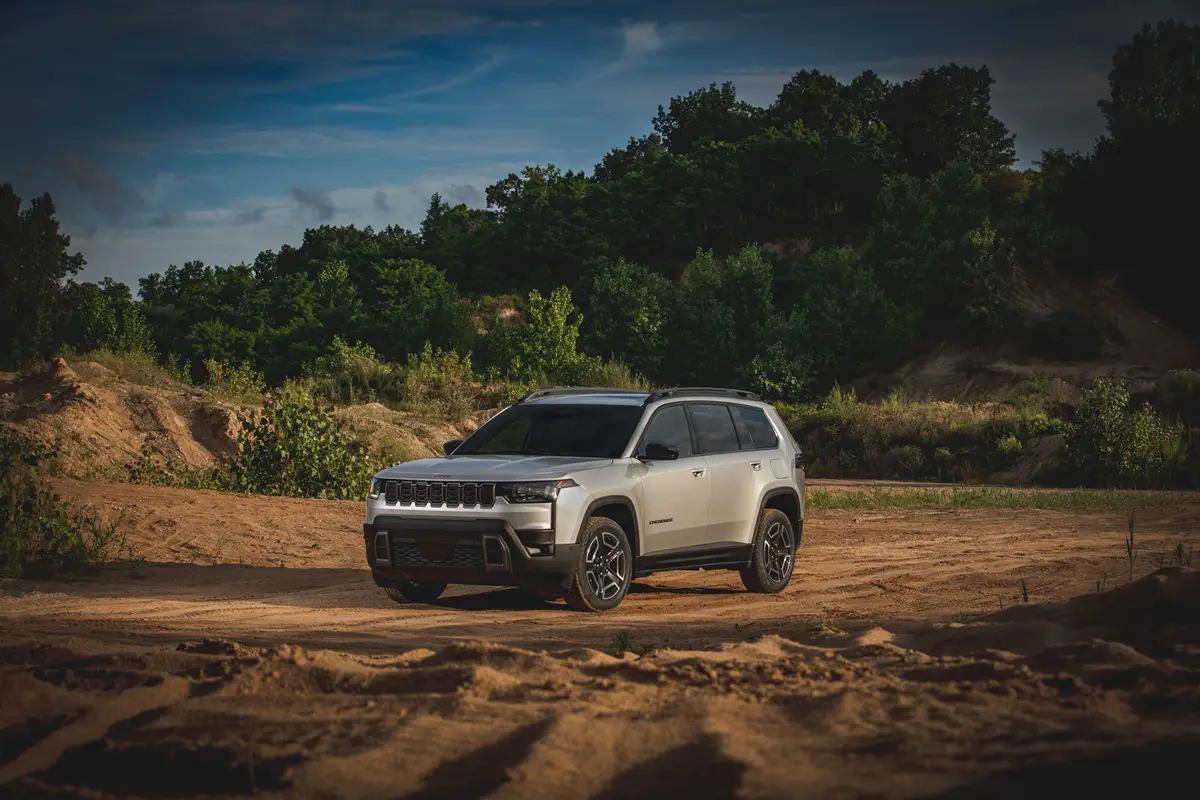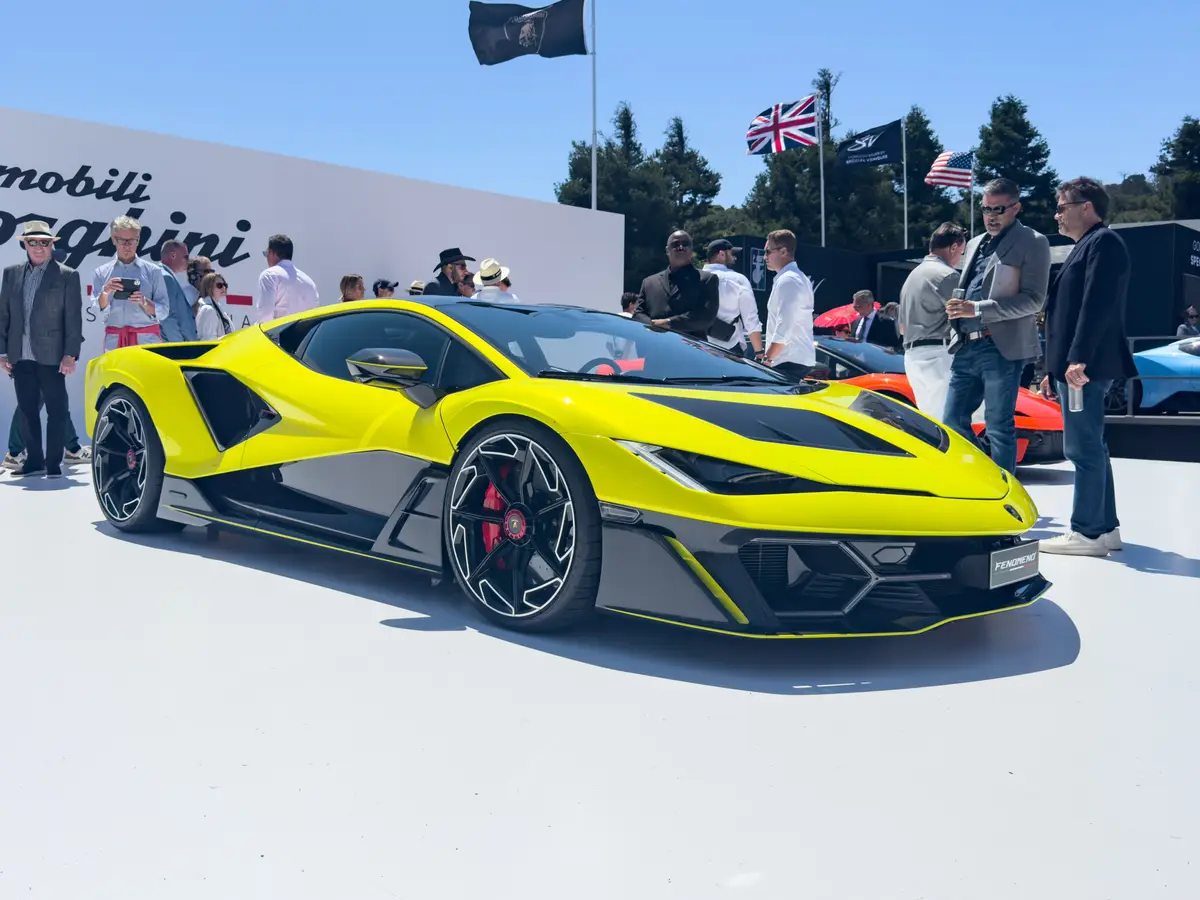Star-Telegram.com's view
New for 2009 is Volkswagen’s first compact sport utility, called the Tiguan.
Although VW officially refers to the Tiguan as an SUV, it’s technically a crossover, as it has unibody construction and is built on the chassis of the current Jetta/Golf/Rabbit compacts.
Intended to compete against models such as the Toyota RAV4, Honda CR-V and Mitsubishi Outlander, the Tiguan seats five and comes with a 200-horsepower four-cylinder engine and either front- or all-wheel drive.
It joins the larger and much more expensive Touareg as the second SUV in the VW lineup, and finally gives Volkswagen’s U.S. dealers a somewhat affordable sport utility.
The Tiguan, though, is a bit more expensive than its competitors, with base prices ranging from $23,200 to $32,940 (plus $690 freight). The RAV4, for instance, begins at $21,500 and tops out just under $28,000, and the Outlander starts under $20,000 and goes as high as $25,210.
But compared with the Touareg, the Tiguan is quite a bargain. The larger VW sport utility ranges from $39,300 to $68,340, and still has room for only five passengers. The $68,340 Touareg is the diesel version.
The Tiguan’s engine is so noisy, though, that when I drove the vehicle for the first time, I thought it was a diesel. But even though Volkswagen now offers a diesel in the Jetta sedan and wagon in the U.S. market, that engine is not available in the Tiguan.
Volkswagen says the extra cost of the Tiguan over its competitors is justified because it’s intended to be more rugged and durable, and to offer a more-exciting driving experience, one of the hallmarks of VW vehicles.
But putting these extra-cost “qualities” in Volkswagen vehicles, then setting their prices well above the competition is a policy that has turned VW into a niche marketer in the United States. Continuing this policy with the Tiguan probably won’t help Volkswagen much in its goal to boost its U.S. sales to 800,000 vehicles a year by 2018 versus the 230,000 the company sold here during 2007.
Some people do perceive the company’s vehicles to be worth more than their competitors’ corresponding models. But not enough consumers feel that way to make Volkswagens into popular gotta-have cars that set sales records, such as the Honda Accord and Toyota Camry, which far outsell the VW Passat sedan.
Still, the Tiguan does have some attributes that aren’t present in mass-market crossovers such as the RAV4 and CR-V, including precise steering, crisp handling and highly responsive braking.
The Tiguan has decent acceleration for a small crossover, as well, with a zero-to-60-mph time of 7.9 seconds. It has a factory limited top speed of 129 mph (governed for the U.S. market, because we don’t have an Autobahn here).
The exterior styling is a bit more masculine than that of some of the others in the class, particularly the newest version of the CR-V, which now looks more like a small wagon than an SUV.
One advantage that Honda, Toyota and even Mitsubishi have over Volkswagen is that American consumers see their vehicles as more reliable and trouble-free than VW products. But VW executives insist that their quality problems have been solved, and that consumers should be as comfortable choosing a Volkswagen as a Honda or Toyota.
The Tiguan’s 2.0-liter turbocharged four-cylinder engine is the same one used in a variety of other VW and Audi models, including the Passat and Jetta. It has 207 foot-pounds of torque. In the Tiguan, it’s connected to either a six-speed manual or six-speed automatic transmission.
Three trim levels are offered: the base S ($23,200), midlevel SE ($26,925 with front drive and $28,875 with the 4Motion all-wheel-drive system), and the top-of-the-line SEL ($30,990 with front drive; $32,940 with 4Motion).
The manual gearbox is available only on the base model; with the six-speed automatic, that model starts at $24,300.
Our tester was the SE 4Motion, and with freight and options added, the sticker totaled $33,165 – and this was just the midlevel model. That’s more in line with a premium SUV such as the Acura RDX, which starts at $33,695 (well-equipped).
The Tiguan’s EPA ratings are 19 mpg city/26 highway with the manual gearbox, and 18/24 with the automatic (in either front- or all-wheel-drive versions).
Inside, passenger volume is just 95.3 cubic feet, compared with 108.2 cubic feet for the RAV4, which offers a third row that allows for up to seven passengers. The Tiguan’s rear seat is a bit tight for three adults, but it does slide back and forth up to six inches to allow for more legroom.
There is 23.8 cubic feet of cargo space behind the rear seat, but that can be expanded to 56.1 cubic feet by folding down the 60/40 split-bench rear seat. The front passenger seatback also folds down to allow for carrying longer items.
Attention to detail is evident in the cabin, where there is a nice soft-touch fabric on the dash. The front bucket seats are bolstered, but still quite comfortable. Controls are easy to reach and operate, and gauges are large enough to be read easily.
Standard on our tester were single-zone automatic climate control; AM/FM/compact-disc stereo with six-disc in-dash changer; heated front seats and windshield-washer nozzles; leather-wrapped steering wheel and shift knob; cruise control; power windows/mirrors/door locks with remote, with heat for the mirrors; fog lights; multifunction trip computer with outside temperature gauge and compass; tilt-and-telescopic steering column; eight-way, partial-power driver’s seat, and eight-way manual front passenger seat; anti-theft alarm; bright grille strips and exterior trim; and roof rails.
Safety equipment on all models includes front seat-mounted side air bags and roof-mounted side-curtain bags for both rows. Seat-mounted side air bags are optional for the rear ($350), and were included on our vehicle. Also included are four-wheel antilock disc brakes, electronic stability control and a tire-pressure monitoring system.
A large panoramic sunroof is a $1,300 option, and was included on our tester. We also had the GPS/DVD navigation system with backup camera ($1,950).
The all-wheel drive system operates automatically, with no driver input required, and is intended for on-road use or occasional light off-road driving. There is no low-range gearing for serious trail-riding, however.
The automotive columns of G. Chambers Williams III have appeared regularly in the Star-Telegram since 1995. Contact him at 210-250-3236; chambers@star-telegram.com.
2009 Volkswagen Tiguan
The package: Compact, five-door, five-passenger, four-cylinder powered, front- or all-wheel-drive, crossover utility vehicle.
Highlights: Volkswagen’s first compact SUV arrived for 2009, essentially a crossover version of the Jetta sedan. It has carlike ride and handling, and a peppy turbocharged four-cylinder engine.
Negatives: No third row of seating offered; pricey for the class.
Length: 174.3 inches.
Curb weight: 3,433-3,631 pounds.
Engines: 2.0-liter inline four-cylinder, turbocharged.
Horsepower/torque: 200 HP/207 foot-pounds.
Transmissions: Six-speed manual (base model only); Six-speed automatic (optional on base).
Brakes, front/rear: Disc/disc, antilock.
Electronic stability control: Standard.
Side air bags: Front seat-mounted; side curtain for both rows.
Cargo volume: 23.8 cubic feet (behind rear seat).
Towing capacity: 2,200 pounds.
Major competitors: Ford Escape/Mercury Mariner, Mazda Tribute, Mazda CX-7, Toyota RAV4, Suzuki Grand Vitara, Kia Sportage, Chevrolet Equinox/Pontiac Torrent/Saturn Vue, Subaru Forester, Nissan Rogue, Jeep Patriot, Jeep Liberty/Dodge Nitro, Mitsubishi Outlander, Honda CR-V, Honda Element.
Fuel capacity/type: 16.8 gallons/unleaded premium.
EPA fuel economy: 19 mpg city/26 highway (manual); 18/24 (automatic).
Base price range: $23,200-$32,940 plus $690 freight.
Price as tested: $33,165, including freight and options (SE 4WD).
On the Road rating: 7.8 (of a possible 10).
Prices shown are manufacturer’s suggested retail; actual selling price may vary.
Latest news



